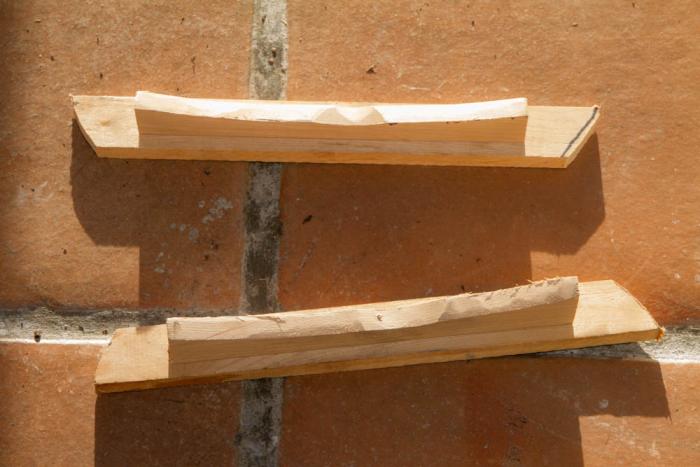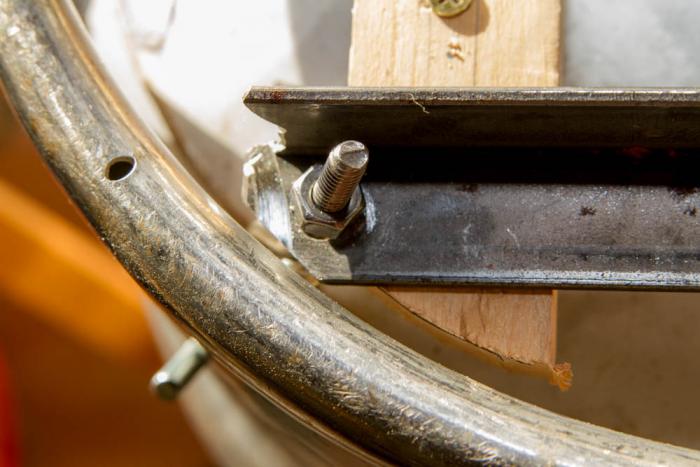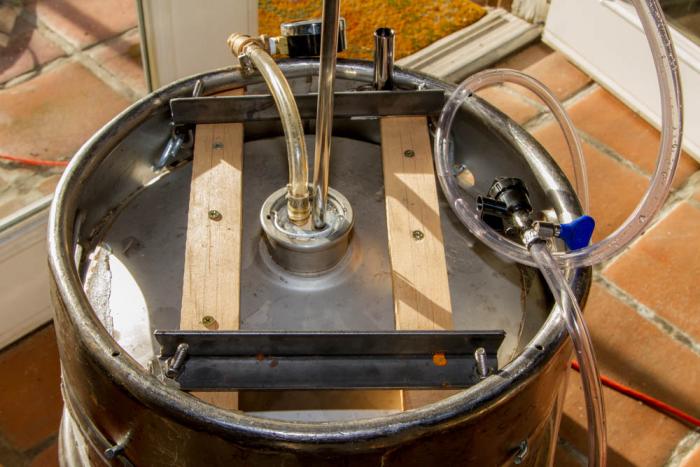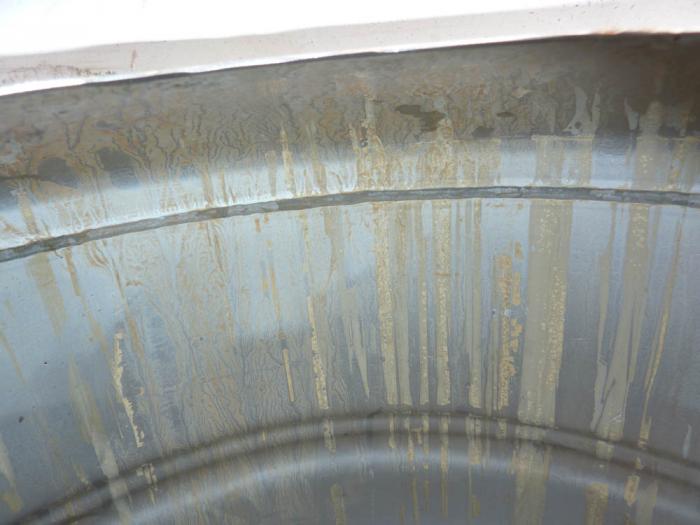Photopilot
Well-Known Member
I am trying to make a removable keg lid pressurized. So far I have gotten it up to 8 psi. I am wondering if anyone has managed to make a removable lid pressurized?






I've never understood why people cut open the keg, and then try to pressurize it.
Is it to clean it out? I use Sankes for fermenting, and don't have a problem with cleaning.
Is there another reason I'm missing?



[...]Keep your balls at least one county from a sketchily pressurized vessel.
I ferment in Sankes, so I speak from experience.Every carboy I have opened has had something inside I would not want to put next to my fresh wort, including ones I had used my carboy/keg washer on.
I ferment in Sankes, so I speak from experience.
I use a pressure washer with an elbow at the tip. Takes less that 5 minutes to clean a keg, and I always look inside with a flashlight to make sure. Cost me less than $20 and works flawlessly.
Does a free pressure washer come with the $20 tip?
Sent from my Nexus 7 using Home Brew mobile app
I ferment in Sankes, so I speak from experience.
I use a pressure washer with an elbow at the tip. Takes less that 5 minutes to clean a keg, and I always look inside with a flashlight to make sure. Cost me less than $20 and works flawlessly.
Enter your email address to join: